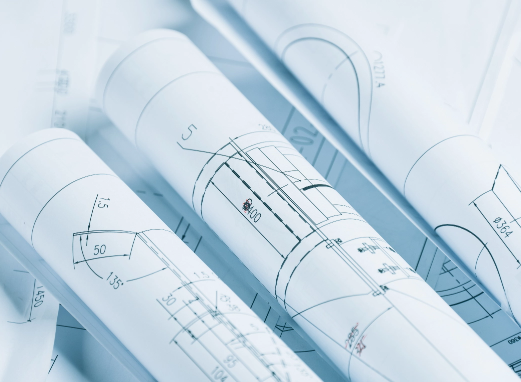Building Approvers Ltd. provides high-quality Building Regulations plan checking and consultancy services to Principal Designers at crucial stages of their design process. This is undertaken prior to submission for formal approval by the Building Safety Regulator or Building Control Body. Unlike Approved Inspectors, who are now legally obliged to not offer design advice and hence can’t function as a consultant for the Principal Designer, our stance as an independent consultant allows us to dedicate ourselves to ensuring your project meets necessary compliance. We offer comprehensive advice to the Principal Designer, from the inception of draft designs to the finalisation of working drawings, and guide the project through planning Gateways.
Building Approvers Ltd. provides high-quality Building Regulations plan checking and consultancy services to Principal Designers at crucial stages of their design process. This is undertaken prior to submission for formal approval by the Building Safety Regulator or Building Control Body. Unlike Approved Inspectors, who are now legally obliged to not offer design advice and hence can’t function as a consultant for the Principal Designer, our stance as an independent consultant allows us to dedicate ourselves to ensuring your project meets necessary compliance. We offer comprehensive advice to the Principal Designer, from the inception of draft designs to the finalisation of working drawings, and guide the project through planning Gateways.

The Building Regulations Principal Designer (PD) is entrusted with the responsibility to plan, manage, monitor design work, and ensure effective cooperation, coordination and communication for compliance with building regulations. It’s critical that the principal designer is an integral part of the design team, capable of influencing design decisions and co-ordinating the design group. Although a principal designer isn’t required to be an expert in every design specialism, they are expected to have a thorough understanding of the building regulations to assess if a building design will adhere to all pertinent regulations. Principal Designers should also provide support to others, such as passing on crucial information to contractors and instructing them on how to evidence that elements are built correctly.
The Building Safety Act 2022 has ushered in the most significant shift in legislation and industrial culture since World War II. This shift has introduced a certain degree of uncertainty for developers, architects, and contractors who are now challenged with a major transformation in their approach to safety. These modifications range from procedural to technical but significantly impact the industry’s operation. One substantial change is the introduction of the principal designer role. From October 1st 2023, it became mandatory for all projects involving a multi-disciplinary design team to be led by a Building Regulations Principal Designer.


The Building Regulations Principal Designer (PD) is entrusted with the responsibility to plan, manage, monitor design work, and ensure effective cooperation, coordination and communication for compliance with building regulations. It’s critical that the principal designer is an integral part of the design team, capable of influencing design decisions and co-ordinating the design group. Although a principal designer isn’t required to be an expert in every design specialism, they are expected to have a thorough understanding of the building regulations to assess if a building design will adhere to all pertinent regulations. Principal Designers should also provide support to others, such as passing on crucial information to contractors and instructing them on how to evidence that elements are built correctly.
The Building Safety Act 2022 has ushered in the most significant shift in legislation and industrial culture since World War II. This shift has introduced a certain degree of uncertainty for developers, architects, and contractors who are now challenged with a major transformation in their approach to safety. These modifications range from procedural to technical but significantly impact the industry’s operation. One substantial change is the introduction of the principal designer role. From October 1st 2023, it became mandatory for all projects involving a multi-disciplinary design team to be led by a Building Regulations Principal Designer.
